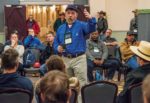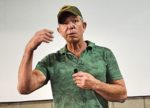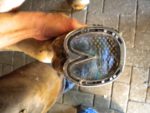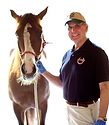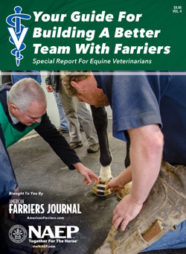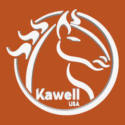Advertise Follow Us
Anatomy
Hoof-Care Professionals Get Ideas to Improve Their Everyday Work
Roundtables provide an opportunity to learn tips and techniques and apply them in their practice
Read More
Understanding Hoof Shape
This is an extract from Chapter 3 of The Hoof of the Horse by Simon Curtis
Read More
Research Journal: January/February 2019
The information, ideas and opinions expressed are those of the author and do not necessarily represent those of the United States Department of Agriculture.
Read More
When a Hoof Conditioner Is Really Necessary
Should hoof conditioners only be used for treating a hoof problem, for hoof protection, for cosmetic purposes (wow factor), or not at all?
Read More

